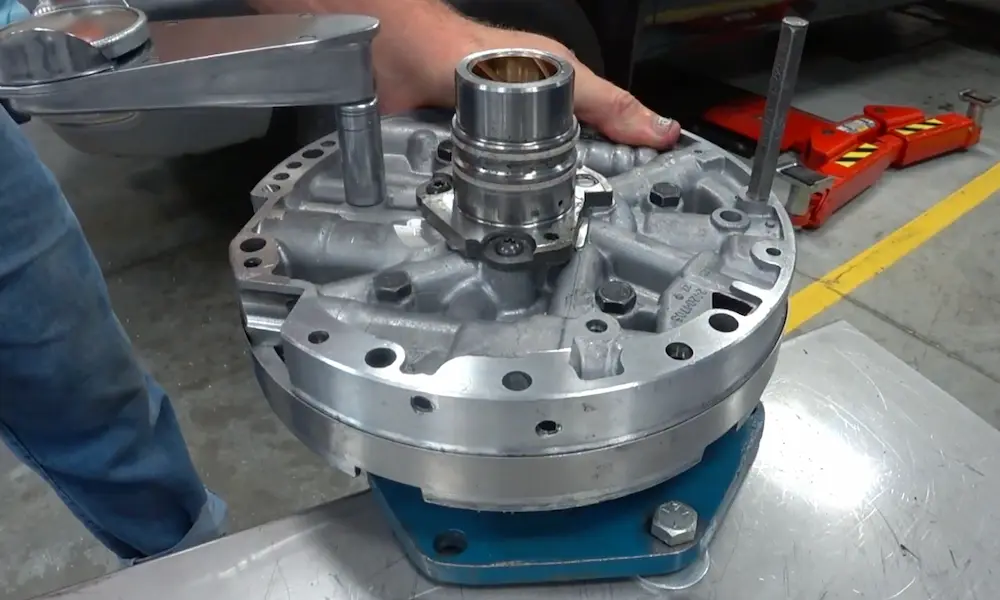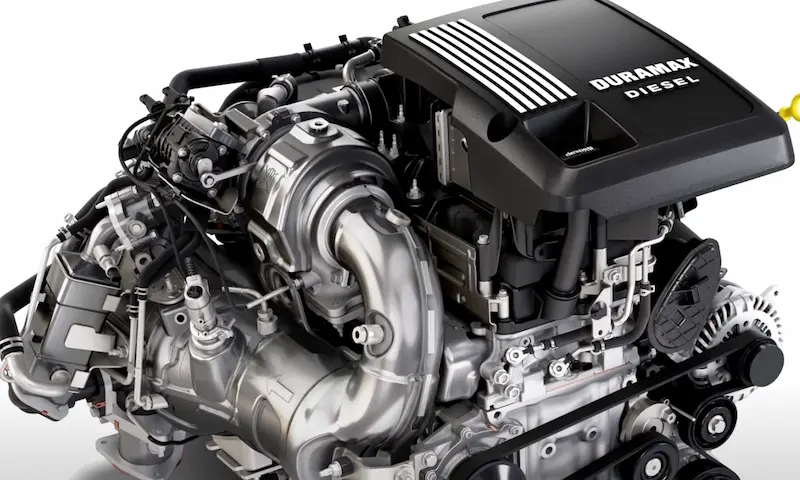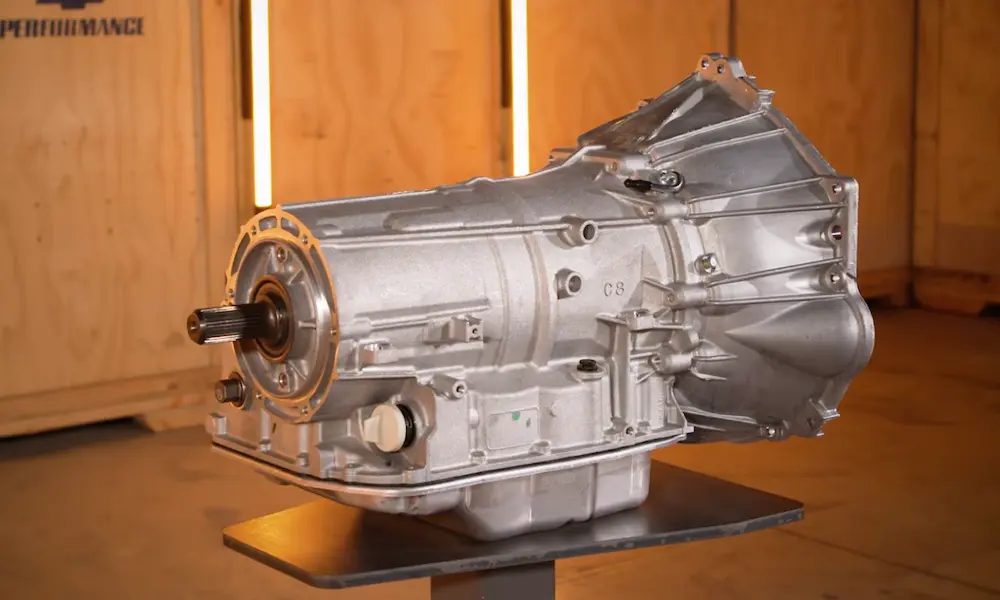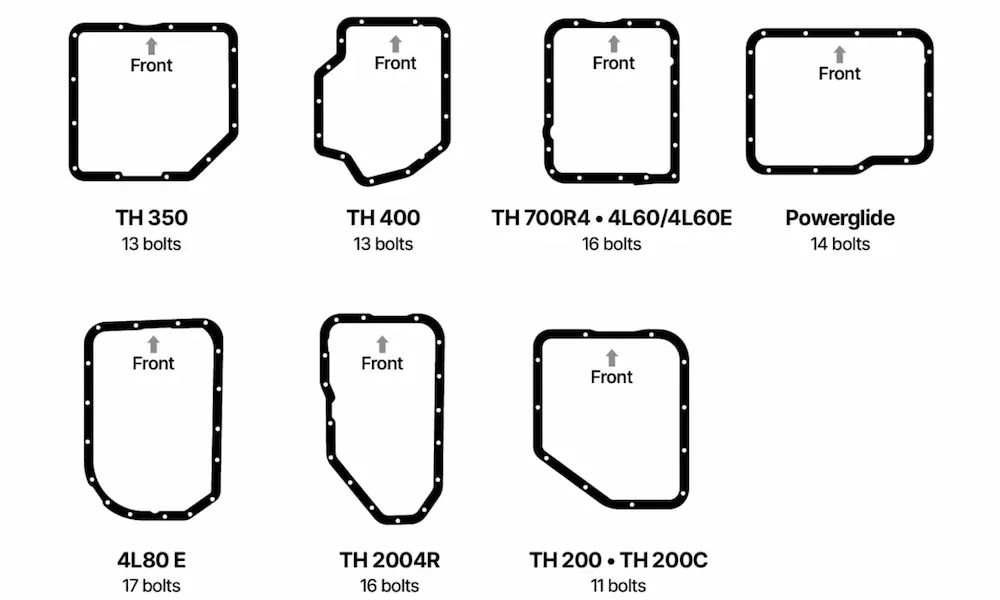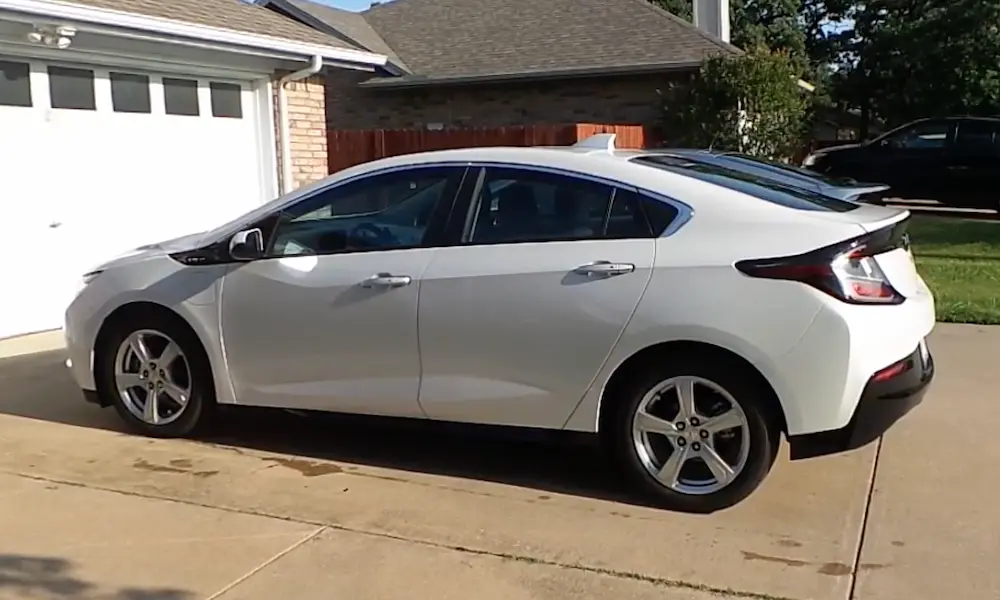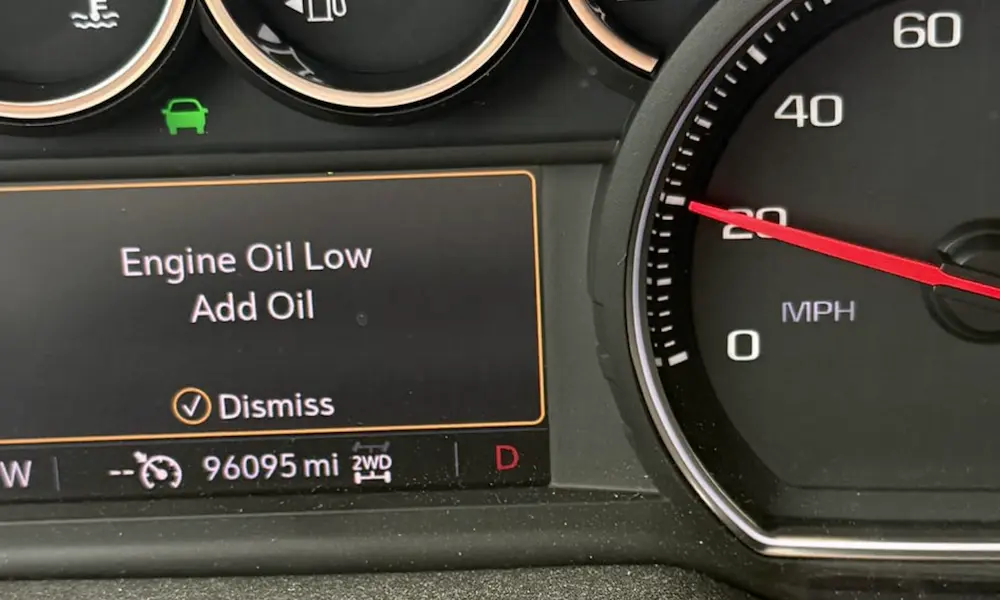You’ve probably heard Camaro enthusiasts debate the merits of the LS3 versus the L99 engine, but what exactly makes the L99 special? Whether you’re considering a Camaro SS purchase or just fascinated by GM’s engineering prowess, understanding the L99’s capabilities and unique features can help you appreciate this impressive powerplant.
What Is the L99 Engine?
The L99 is a 6.2L V8 engine produced by General Motors from 2010-2015, primarily for Chevrolet Camaro SS models equipped with automatic transmissions. It’s part of GM’s fourth-generation Small Block engine family and represents a clever balance of performance and efficiency.
Interestingly, GM actually used the L99 designation twice – first for a smaller 4.3L V8 produced from 1994-1996, often called the “baby LT1,” before applying it to the modern 6.2L version we’ll focus on here.
Key L99 Engine Specs and Performance Numbers
The modern L99 delivers impressive performance that helped make the fifth-generation Camaro SS a true muscle car contender:
| Specification | Detail |
|---|---|
| Configuration | 90° V8 |
| Displacement | 6.2L (376 cubic inches) |
| Horsepower | 400 hp @ 5900 rpm |
| Torque | 410 lb-ft @ 4300 rpm |
| Compression ratio | 10.4:1 |
| Redline | 6000 RPM |
| Block material | Aluminum |
| Cylinder head material | Aluminum |
| Valvetrain | Overhead valve (OHV), 2 valves per cylinder |
These specs helped the L99-powered Camaro SS achieve 0-60 mph times of approximately 5.0 seconds and a top speed around 155 mph – impressive numbers that made it competitive with performance cars costing significantly more.
The L99 Engine’s Architecture and Design
The L99’s foundation is a robust aluminum block that balances strength and weight savings:
- Block design: Deep-skirt construction with six-bolt, cross-bolted main bearing caps that limit crankshaft flex and enhance rigidity
- Bore diameter: 4.065 inches (103.25 mm)
- Stroke: 3.622 inches (92 mm)
- Deck height: 9.240 inches
- Bore spacing: 4.400 inches
The L99’s cylinder heads feature aluminum construction with rectangular intake ports that maximize airflow. Cast with the number 823, these heads help the engine breathe efficiently throughout its RPM range while managing heat effectively.
Advanced Technologies in the L99 Engine
What truly distinguishes the L99 from other GM V8s are several fuel-saving technologies that were cutting-edge for the time:
Active Fuel Management (AFM)
This clever system temporarily deactivates four cylinders (specifically cylinders 1, 4, 6, and 7) during light-load conditions like highway cruising. When you need full power, all eight cylinders instantly reactivate. The result? Better fuel economy without sacrificing performance when you need it.
Variable Valve Timing (VVT)
The L99 utilizes camshaft phasing with 30 degrees of adjustment authority. This technology continuously optimizes valve timing based on engine speed and load, improving both performance and efficiency across different driving conditions.
FlexFuel Capability
Unlike the standard LS3, the L99 can run on both regular gasoline and E85 ethanol fuel, giving owners flexibility at the pump.
Electronic Throttle Control (ETC)
The throttle-by-wire system provides precise throttle response while enabling integration with cruise control and stability control systems.
L99 vs. LS3: Key Differences
The L99 and LS3 are close relatives, but they have important distinctions that affect their performance characteristics:
| Feature | L99 | LS3 |
|---|---|---|
| Horsepower | 400 hp | 426 hp |
| Torque | 410 lb-ft | 420 lb-ft |
| Active Fuel Management | Yes | No |
| Variable Valve Timing | Yes | No |
| FlexFuel Capability | Yes | No |
| Compression Ratio | 10.4:1 | 10.7:1 |
| Cylinder Head Casting | 823 | 821 |
| Typical Application | Camaro SS (Auto) | Camaro SS (Manual) |
The LS3 produces more power primarily because it lacks AFM and has a higher compression ratio. Without the valvetrain components needed for AFM, the LS3 can rev more aggressively and produce more peak power.
The L99’s Camshaft Specs
The camshaft is a critical component that significantly influences an engine’s power delivery and character. The L99’s camshaft specifications include:
- Intake valve lift: 0.500 inch
- Exhaust valve lift: 0.492 inch
- Duration @ .050 inch (intake): 195 degrees
- Duration @ .050 inch (exhaust): 201 degrees
- Lobe separation angle: 115 degrees
These specs create a good balance between low-end torque for everyday drivability and top-end power for performance driving.
L99 Engine Applications
The modern 6.2L L99 had a focused application range:
- 2010-2015 Chevrolet Camaro SS with automatic transmission
This exclusive pairing with automatic-transmission vehicles highlights GM’s strategy of tailoring engines to specific drivetrain configurations. Manual-transmission Camaro SS models received the slightly more powerful LS3 engine instead.
The Historical 4.3L L99 V8
Before the modern 6.2L version, GM produced a smaller 4.3L engine also designated as L99. This “baby LT1” was essentially a reduced-displacement version of the popular 5.7L LT1 found in Corvettes and other performance vehicles of the era.
Key specs of this earlier L99 include:
- Displacement: 4.3L (4,261 cc / 260 cubic inches)
- Horsepower: 200 hp
- Torque: 245 lb-ft
- Compression ratio: 10.4:1
- Bore x Stroke: 94.9 mm x 76 mm
- Production years: 1994-1996
This engine served primarily in 1994-1996 Chevrolet Caprice sedans, including police models. While not as powerful as the LT1, it provided decent performance with improved fuel economy.
Interestingly, testing showed that modifying this smaller L99 with different intake configurations could significantly alter its performance characteristics. When equipped with an LB9/L98 Tune Port Injection intake instead of the standard LT1 intake, torque increased from 279 lb-ft to 293 lb-ft, though peak horsepower dropped from 277 hp to 252 hp.
L99 Engine Reliability and Common Issues
The L99 engine has proven to be generally reliable, sharing the robust design principles of the LS engine family. However, there are a few known issues to be aware of:
- Active Fuel Management problems: The AFM system can sometimes experience issues with lifters and valve guides, potentially causing oil consumption. Some owners choose to disable AFM or install aftermarket components to address this.
- Timing chain wear: Like many modern engines, the timing chain can stretch over time, particularly in high-mileage vehicles.
- Oil consumption: Some L99 engines may consume oil at a higher-than-normal rate, often related to the AFM system.
- Valve spring failures: Early production models sometimes experienced valve spring issues, though most were addressed under warranty.
Regular maintenance and using the recommended oil quality can help minimize these potential problems.
Modifying the L99 Engine for More Performance
The L99 responds well to modifications, with several popular upgrades that can unlock additional power:
- Cold air intake: One of the simplest and most cost-effective upgrades, typically adding 10-15 horsepower.
- Headers and exhaust: Upgrading the exhaust manifolds to long-tube headers and installing a performance exhaust system can add 20-30 horsepower while creating a more aggressive sound.
- Camshaft upgrade: A more aggressive camshaft can significantly increase power, especially when paired with supporting modifications.
- Cylinder head porting: Professional porting or upgrading to aftermarket heads can improve airflow and support more power.
- Forced induction: Supercharger or turbocharger kits can dramatically increase performance, with many L99 engines capable of safely producing 550+ horsepower with proper supporting modifications.
- AFM delete: Many enthusiasts choose to remove the Active Fuel Management system using aftermarket kits, which can improve reliability while slightly increasing power.
For those seeking maximum performance, combining these modifications with professional tuning can transform the L99 into a truly formidable powerplant.
L99 Engine Production and Legacy
The modern 6.2L L99 was produced from 2010 to 2015 at GM’s St. Catharine’s, Ontario engine plant. Its production coincided with the fifth-generation Camaro’s lifecycle, and it was eventually replaced by the LT1 engine in the sixth-generation Camaro.
Though its production run was relatively short, the L99 represents an important chapter in GM’s small-block V8 history. It demonstrated how advanced technologies like Active Fuel Management and Variable Valve Timing could be integrated into a performance-oriented engine without significantly compromising power.
Today, the L99 remains popular among enthusiasts for its combination of strong performance potential, reasonable fuel economy, and robust construction. Many fifth-generation Camaro SS automatic models continue to provide their owners with an exhilarating driving experience, thanks to the capable L99 engine under their hoods.
The Future of GM V8 Engines
While the L99 is no longer in production, its influence continues in modern GM V8 engines. Technologies pioneered in engines like the L99 have evolved into the current generation of LT engines, which offer even greater efficiency and performance.
However, with the automotive industry’s shift toward electrification, traditional V8 engines like the L99 may someday be viewed as part of a golden age of internal combustion performance. Their combination of sound, power delivery, and character ensures they’ll remain valued by enthusiasts even as powertrains evolve.
For those lucky enough to own a vehicle with an L99 engine, you have a piece of GM performance history – a versatile, powerful V8 that helped define a generation of American muscle cars.



